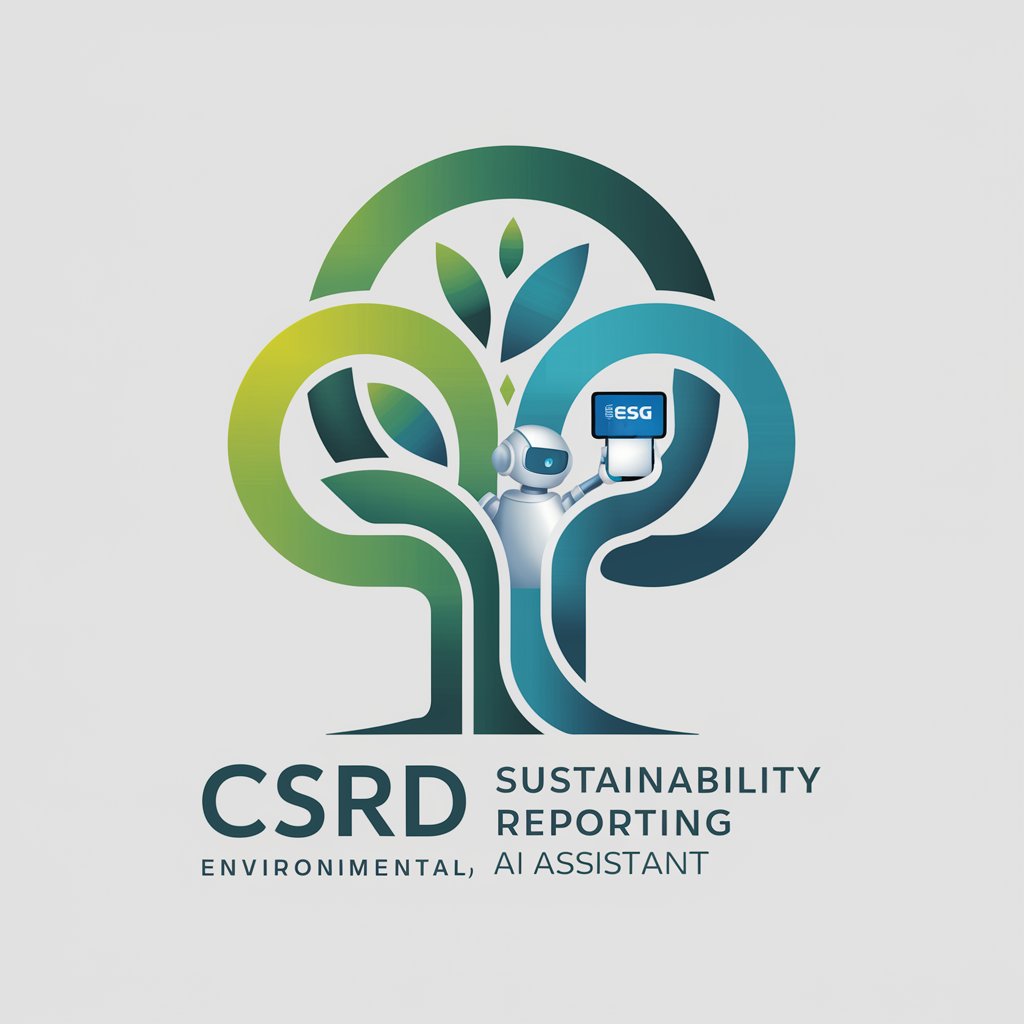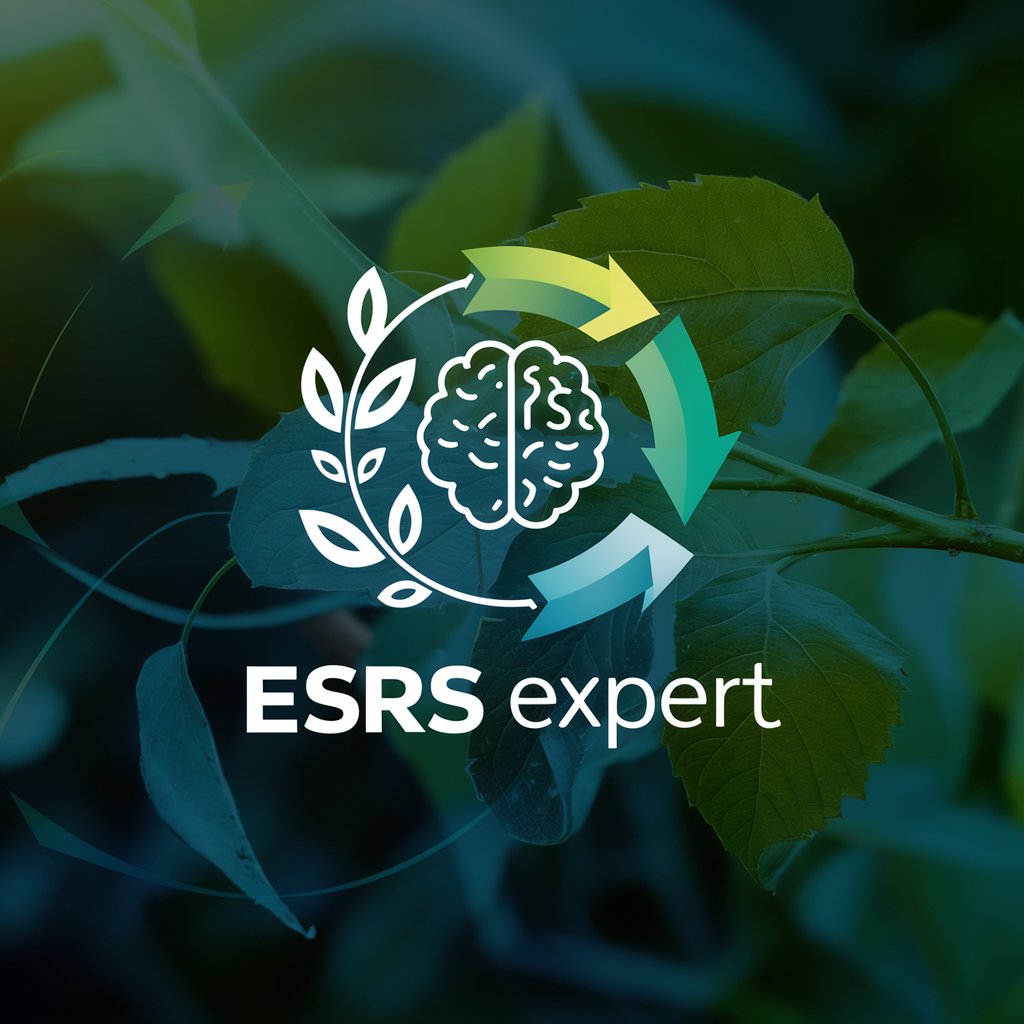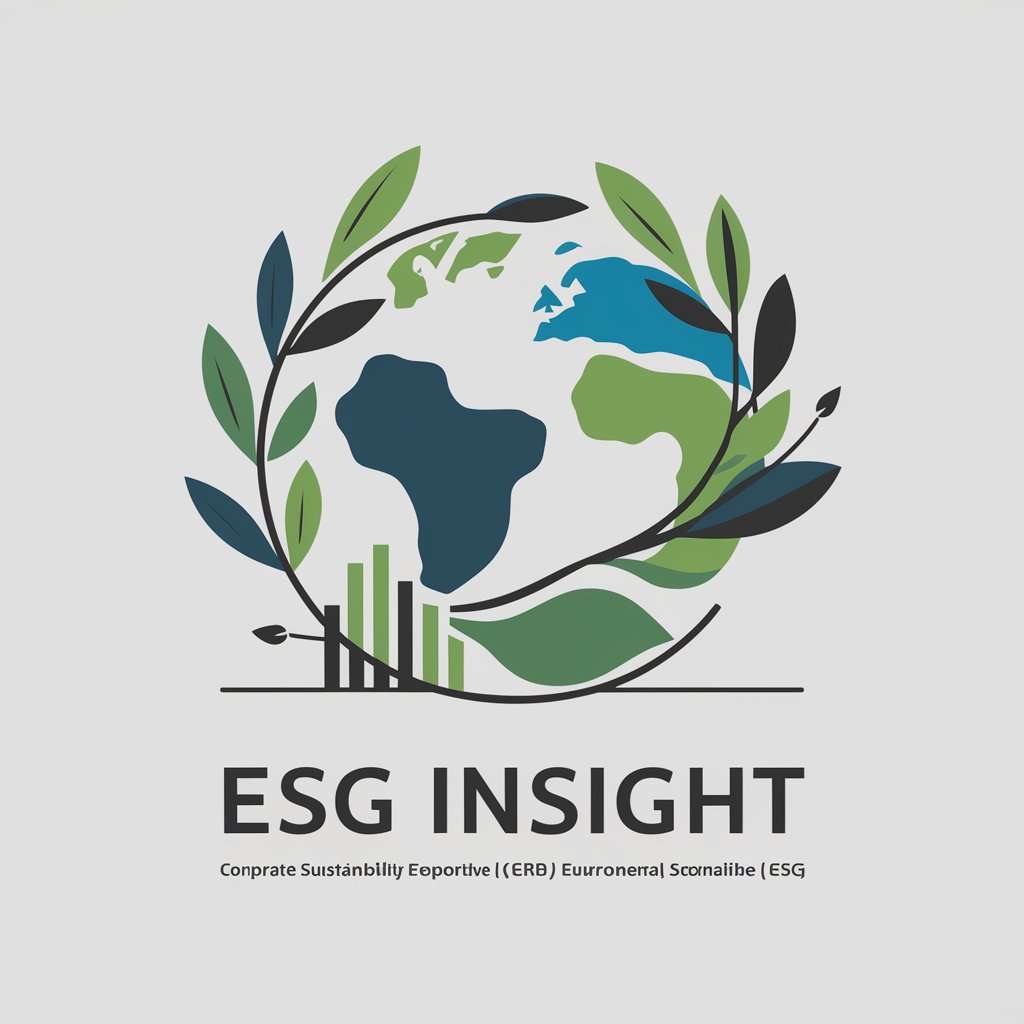
ESRS E2 Pollution (CSRD) - Compliance and Sustainability Tool
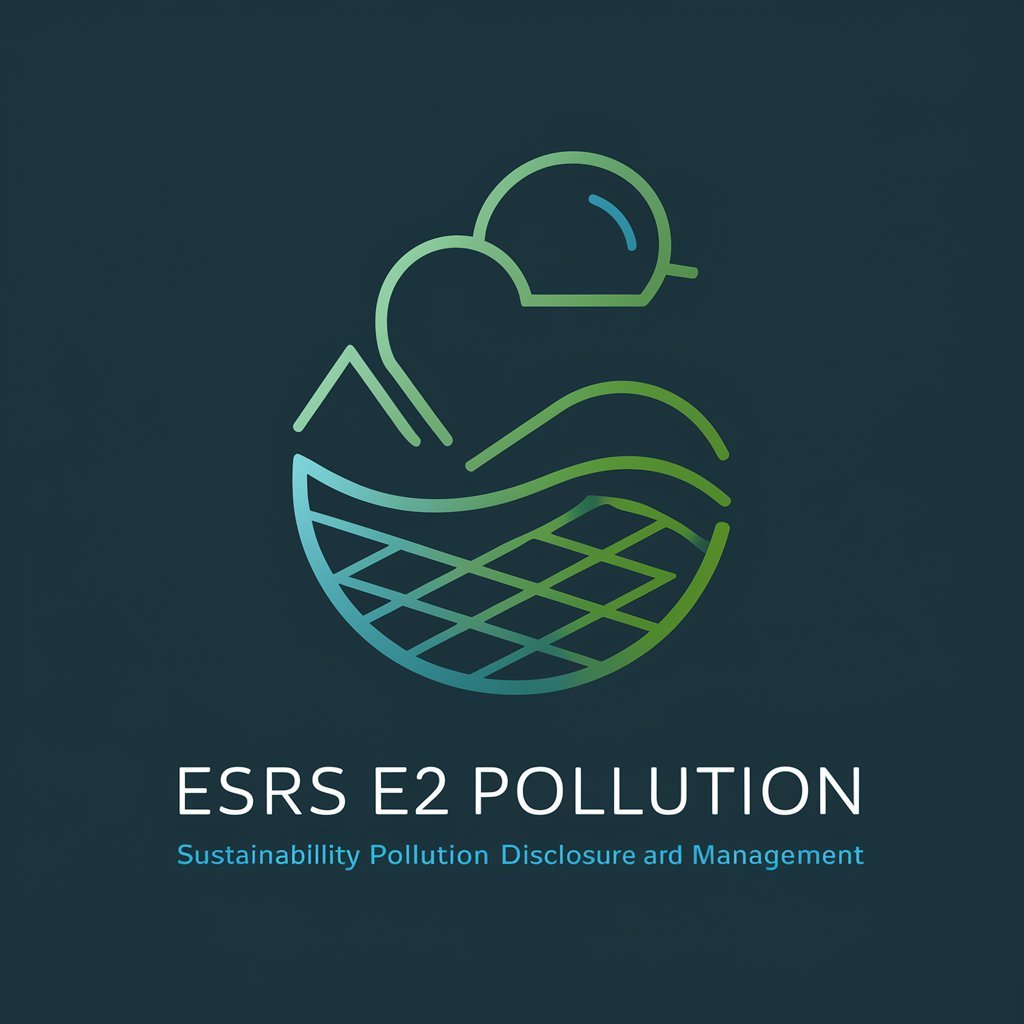
Welcome to ESRS E2 Pollution insights!
Streamline Pollution Reporting with AI
Create a clean and modern logo for...
Design a professional emblem that represents...
Develop a logo that symbolizes...
Craft a visual identity for...
Get Embed Code
Introduction to ESRS E2 Pollution (CSRD)
The ESRS E2 Pollution is designed to guide organizations in disclosing significant aspects of their pollution impacts, specifically focusing on air, water, and soil. It requires organizations to disclose both positive and negative impacts of their activities, actions taken to mitigate negative impacts, and how they manage material risks and opportunities. This standard supports the EU Action Plan 'Towards a Zero Pollution for Air Water and Soil', aiming for a sustainable economy transition and a toxic-free environment. An example scenario is a manufacturing company reporting on its emissions reduction initiatives and compliance with environmental standards to minimize pollutants. Powered by ChatGPT-4o。

Main Functions of ESRS E2 Pollution (CSRD)
Disclosure Requirements
Example
Organizations must disclose their pollution-related impacts and actions taken to mitigate them.
Scenario
A chemical plant discloses its efforts in reducing hazardous waste as part of its sustainability report.
Risk and Opportunity Management
Example
Identify and assess risks and opportunities related to pollution.
Scenario
An automotive company assesses risks related to the use of substances of very high concern in its products and explores alternative materials.
Metrics and Targets
Example
Set and report on pollution-related targets.
Scenario
A utility company sets specific targets for reducing sulphur dioxide emissions and reports annually on its progress.
Ideal Users of ESRS E2 Pollution (CSRD) Services
Manufacturing Industries
Companies engaged in manufacturing that need to manage and report on their environmental impact, particularly in terms of emissions and waste management.
Energy Companies
Energy producers and providers looking to disclose their environmental compliance and initiatives to reduce pollution in air, water, and soil.
Regulated Industries
Any industry under strict environmental regulations requiring detailed reporting on pollution control and impact mitigation strategies.

How to Use ESRS E2 Pollution (CSRD)
Start a Free Trial
Visit yeschat.ai to begin using ESRS E2 Pollution (CSRD) with no login required and without needing a ChatGPT Plus subscription.
Understand the Framework
Familiarize yourself with the ESRS E2 disclosure requirements that detail pollution impacts, risks, and opportunities related to air, water, and soil.
Identify Material Aspects
Identify and assess your organization's material pollution-related impacts, risks, and opportunities using the structured ESRS E2 framework.
Implement Policies
Develop and implement policies for managing identified pollution impacts as prescribed by ESRS E2, including prevention, control, and mitigation strategies.
Report and Disclose
Prepare comprehensive sustainability reports that comply with ESRS E2 standards, detailing pollution emissions, actions taken, and their effectiveness.
Try other advanced and practical GPTs
CAPTAIN OBVIOUS
Transform images into laughter with AI

Sarcastic Code Guru
Enhance coding with AI-powered sarcasm

Keyword Research
Empower Your SEO with AI-Driven Keywords

ATDC Chatbot
Empowering Startups with AI

Elterngeld Chatbot
Navigate parental benefits with AI ease
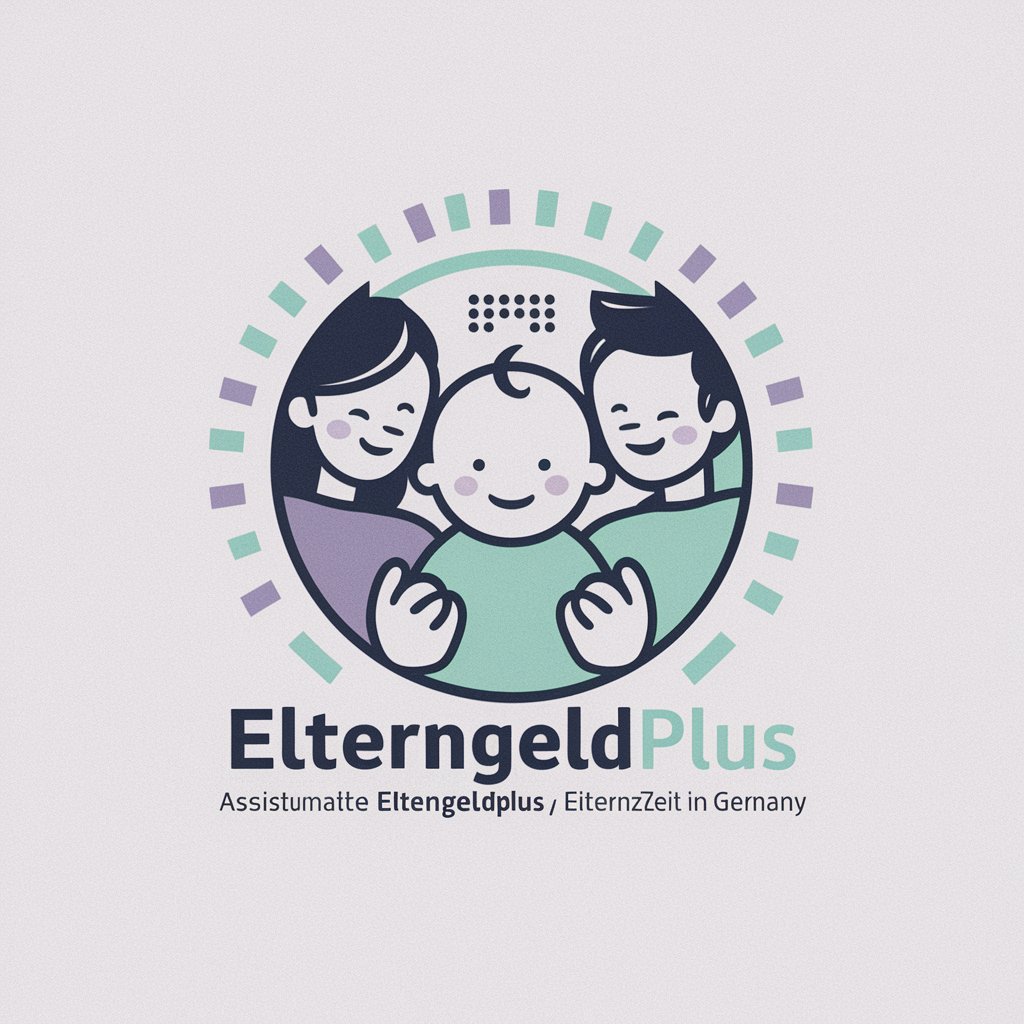
Create a MEAN stack app
Power Your Development with AI-Enhanced Tools

MobiCycle | Pollution | eWaste
Harnessing AI for eWaste Solutions
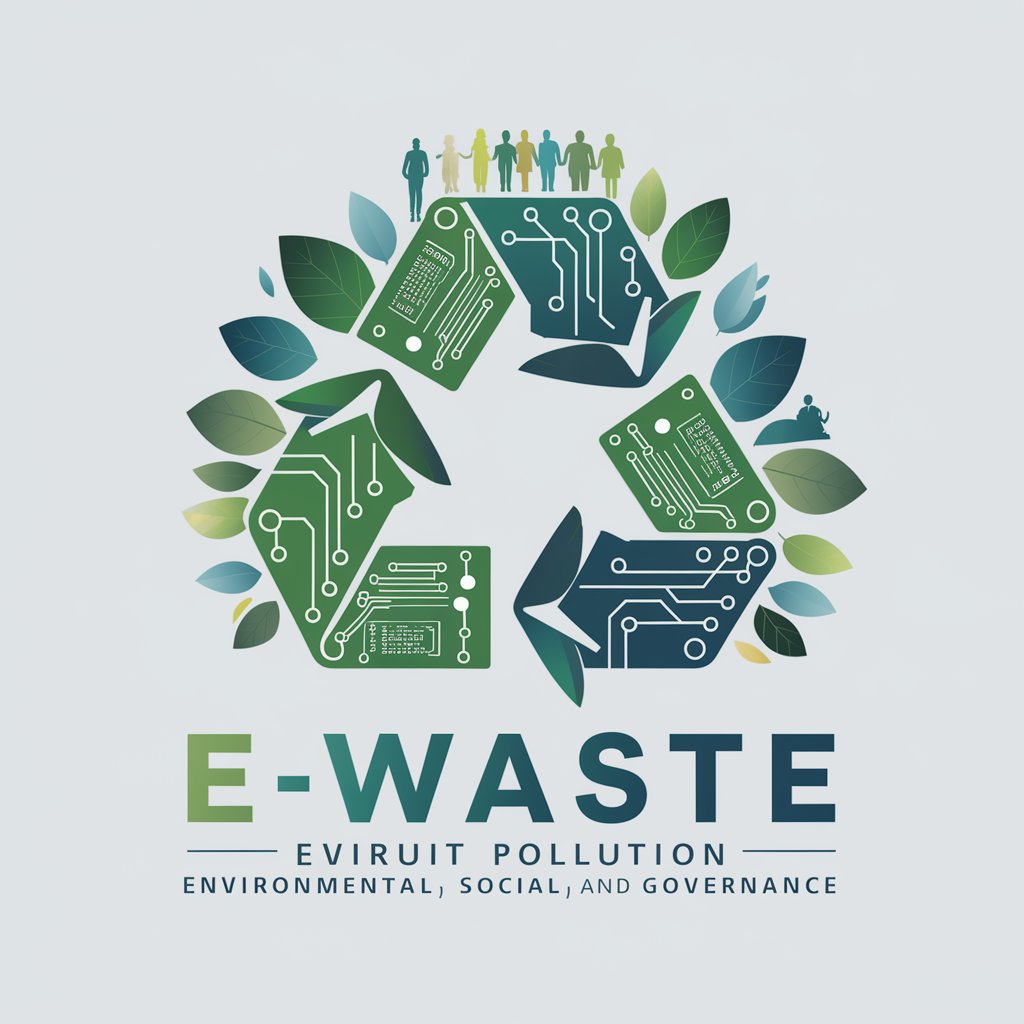
Environmental Pollution Tutor
Harness AI for Smarter Environmental Studies
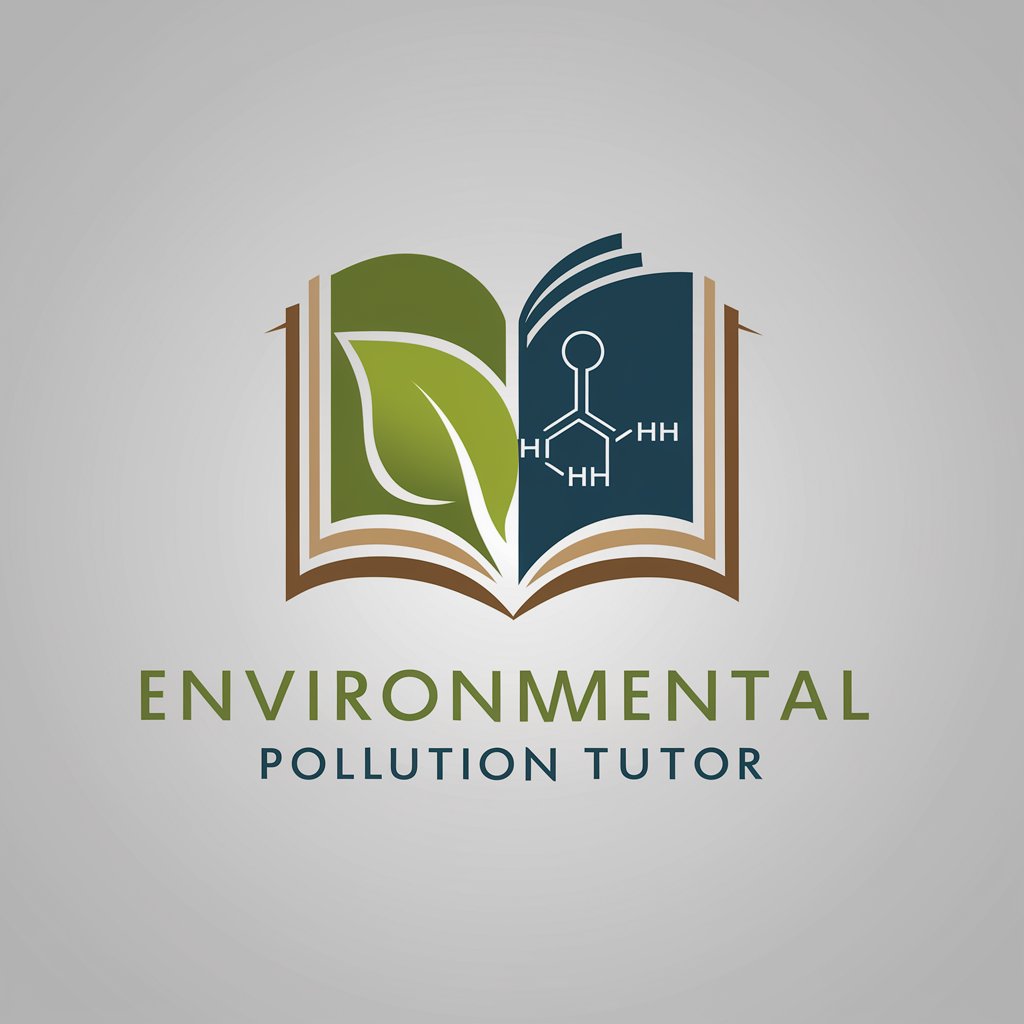
やまたくbot
Enhance Your Writing with AI

AIまいアリーナジャッジ
Fair Decisions, Powered by AI

まゆぽく
Realizing Wishes with AI Precision

あおやまGPT
Reflect, Learn, and Explore with AI
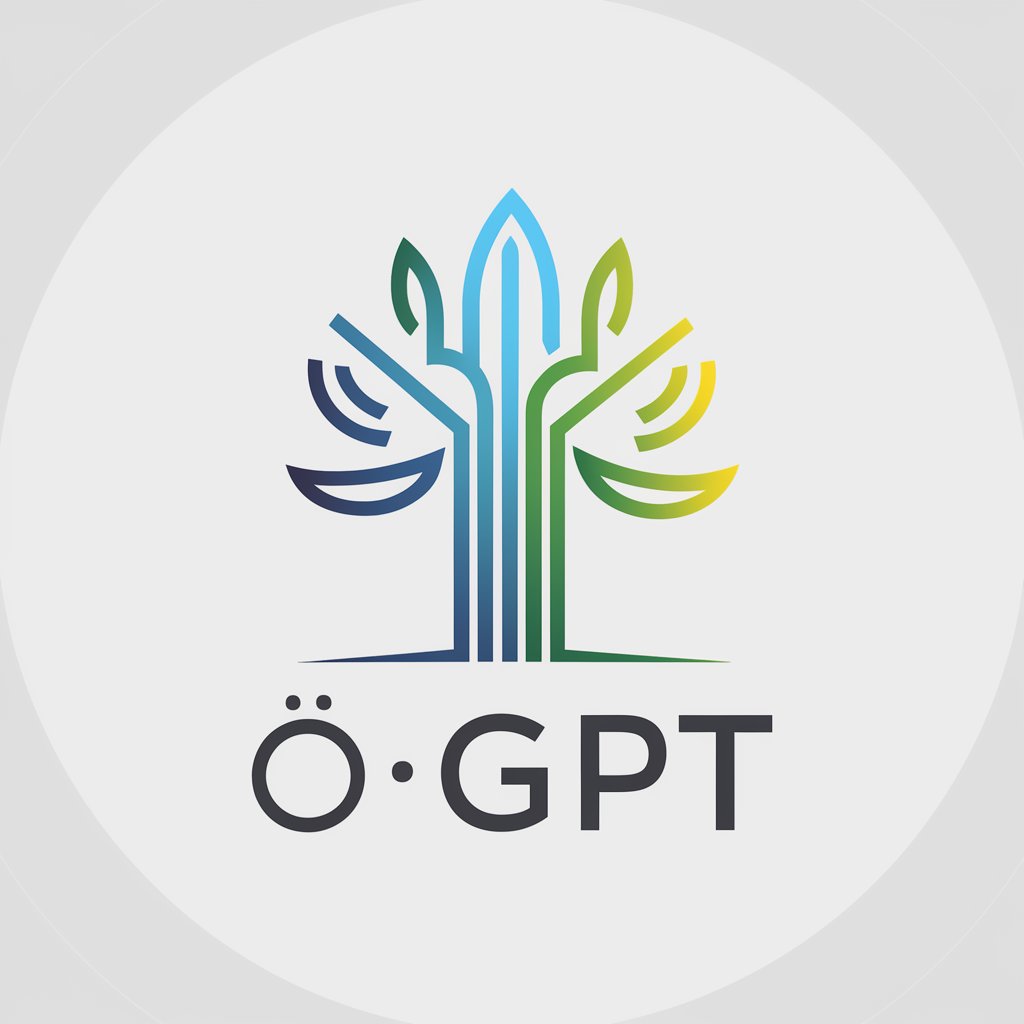
Detailed Q&A about ESRS E2 Pollution (CSRD)
What is the purpose of ESRS E2 Pollution?
ESRS E2 Pollution aims to specify disclosure requirements for enterprises, focusing on their impacts on pollution of air, water, and soil, including both positive and negative impacts, actions taken, and financial effects.
How does ESRS E2 interact with other environmental standards?
ESRS E2 interacts with other ESRS subtopics like climate change, water resources, and biodiversity, providing a comprehensive view of environmental impacts and sustainability.
What are the key disclosure requirements of ESRS E2?
The key disclosures include descriptions of pollution impacts, mitigation actions, policies related to pollution control, and anticipated financial effects of pollution-related risks and opportunities.
Who should use ESRS E2 Pollution?
Organizations seeking to enhance their sustainability reporting on pollution-related aspects should use ESRS E2 Pollution to ensure comprehensive disclosure that meets European standards.
What benefits does compliance with ESRS E2 Pollution offer?
Compliance with ESRS E2 Pollution helps organizations manage and reduce their environmental impact, improve sustainability practices, and provide transparent information to stakeholders.
